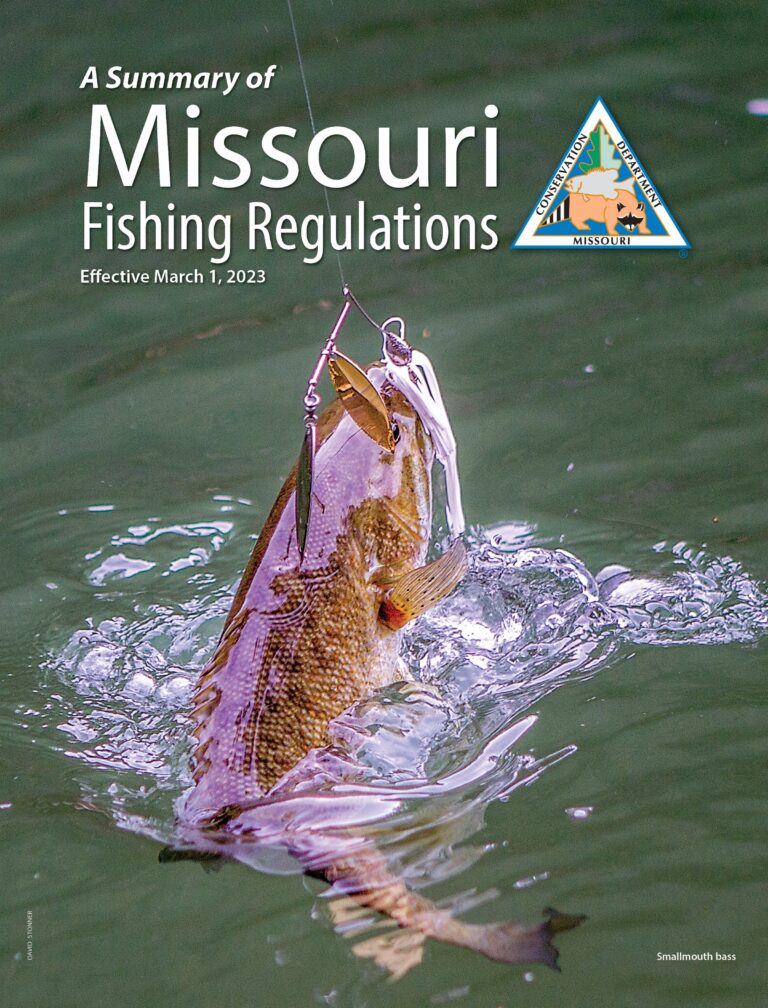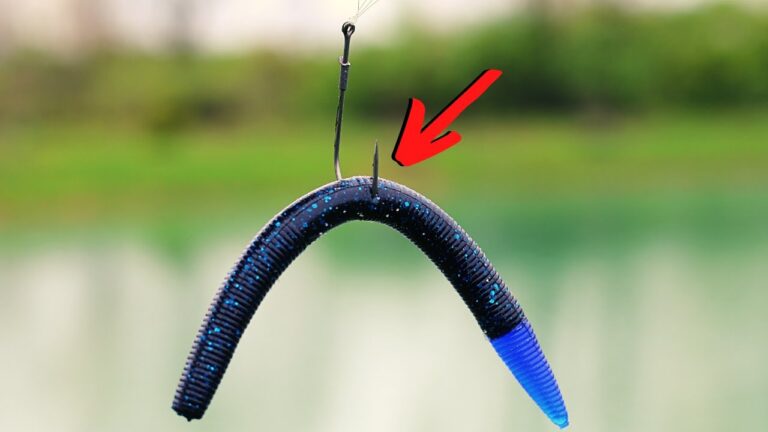How Do You Kill Lily Pads Without Harming Fish

To kill lily pads without harming fish, rake out as much as you can manually, and if necessary, use an EPA-approved herbicide like Aqua Master or glyphosate with Aqua King Plus or Aqua King Max added to help it stick.
The Importance Of Killing Lily Pads Without Harming Fish
The balance of ponds and lakes depends on maintaining a healthy ecosystem. Lily pads are part of the natural habitat, but they can grow out of control and harm the fish population. Removing lily pads without harming fish requires careful consideration to protect the aquatic environment. One method is hand-pulling or using an aquatic weed eradicator for small areas. Herbicides like glyphosate can also be effective, but they need to be used cautiously to prevent harm to fish and other wildlife. Consulting with a professional can help determine the best approach for killing lily pads without damaging the pond ecosystem.

Credit: www.reddit.com
Mechanical Methods To Control Lily Pads
Hand-pulling or cutting using an Aquatic Weed Eradicator (A.W.E.) or a Lake Rake can be successful for a small area if repeated on a regular basis. Cutting and removing lily pads by hand or with a rake can help control their growth without harming the fish. The A.W.E. is a specialized tool designed for cutting and pulling out aquatic weeds, including lily pads. It has a long reach and sharp blades that can easily cut through the thick stems of the lily pads. Simply insert the blades into the water and cut the lily pads at the base. Once cut, the lily pads can be removed from the water using the rake. This mechanical method is effective in controlling the spread of lily pads without the use of harmful herbicides.
Chemical Methods For Killing Lily Pads
|
When it comes to removing lily pads without harming fish, one effective method is the use of glyphosate herbicides. Glyphosate herbicides, such as Aqua Master, can be mixed with Aqua King Plus or Aqua King Max to help it stick to the lily pads. These herbicides are EPA-approved and are similar to Roundup. The spray stays on the leaves of the lily pads, ensuring effective treatment without harming the aquatic life. It is important to note that the use of glyphosate herbicides may result in the lily pads dying and creating a mess, which may require raking. Another chemical method that can be used is the application of Imazapyr, a broad-spectrum herbicide that kills all plants on the water surface. Both glyphosate herbicides and Imazapyr can be effective options for killing lily pads. |

Credit: www.wikihow.com
Preventing Lily Pad Overgrowth
Killing lily pads without harming fish can be a challenging task. To prevent lily pad overgrowth, it is essential to maintain a balanced ecosystem in the pond or lake. Regular maintenance and management are crucial to control the spread of lily pads without causing harm to the aquatic life. Hand-pulling or cutting can be effective for a small area if repeated consistently. Additionally, the use of aquatic herbicides such as glyphosate formulations can help manage the growth of lily pads without harming the fish. It’s important to follow the recommended guidelines and precautions when using herbicides to ensure the safety of the aquatic environment.
Alternative Strategies To Control Lily Pads
Raking out as much as possible is the first step in controlling lily pads in a pond. However, for larger ponds that are heavily overgrown, Aqua Master, a glyphosate herbicide similar to Roundup, can be used. It is important to mix Aqua King Plus or Aqua King Max with the product to ensure it sticks to the lily pads without harming the fish.
A common glyphosate spray, such as Roundup, can be effective in killing lily pads without harming aquatic life. A surfactant may be needed to keep the spray on the leaves. Raking the dead lily pads afterwards can help with cleanup.
Liquid glyphosate formulations have also been found to be effective in controlling water lilies in lakes. These herbicides are systemic, meaning they can be absorbed by the plant and move within it to take effect.
| Product | Description |
|---|---|
| Solutions Pest & Lawn | Offers solutions for killing lily pads in ponds |
| The Pond Shop | Provides information on hand-pulling or cutting lily pads with an Aquatic Weed Eradicator or a Lake Rake |
| Animal World | Recommends the use of herbicides like Imazapyr to kill lily pads |

Credit: www.wikihow.com
Frequently Asked Questions On How Do You Kill Lily Pads Without Harming Fish
How Do You Kill Lily Pads Not Fish?
To kill lily pads without harming fish, you can rake out what you can. If the pond is too large or overgrown, you may need to use a glyphosate herbicide like Aqua Master. Mix it with Aqua King Plus or Aqua King Max to help it stick.
Will Roundup Kill Lily Pads In A Pond?
Yes, Roundup (glyphosate herbicide) can effectively kill lily pads in a pond without harming aquatic life. It’s essential to mix it with a product like Aqua King Plus or Aqua King Max for better adherence. Additionally, using a surfactant can help the spray stick to the leaves for better results.
How Do You Kill Water Lilies In A Lake?
To kill water lilies in a lake, carefully rake out what you can. For larger areas, use Aqua Master, an EPA-approved herbicide similar to Roundup. Mix it with Aqua King Plus or Aqua King Max to help it stick. Be mindful not to harm fish or other wildlife.
Can Too Many Lily Pads Kill Fish?
Lily pads can potentially harm fish and other wildlife in a pond by causing overcrowding, lack of oxygen, and stagnant conditions. To control the growth of lily pads, you can manually remove them or use herbicides like glyphosate, ensuring that they are applied directly to the leaf of the plant.
Be cautious and follow EPA-approved guidelines to protect aquatic life.
Conclusion
In order to maintain a healthy pond ecosystem, dealing with lily pads and aquatic life can be a challenging task. However, with proper techniques such as hand-pulling, cutting, and using aquatic-safe herbicides, it is possible to effectively manage the overgrowth of lily pads without harming the fish and other wildlife in the pond.
With the right approach, it’s possible to strike a balance and create a harmonious environment for all creatures in the pond.




